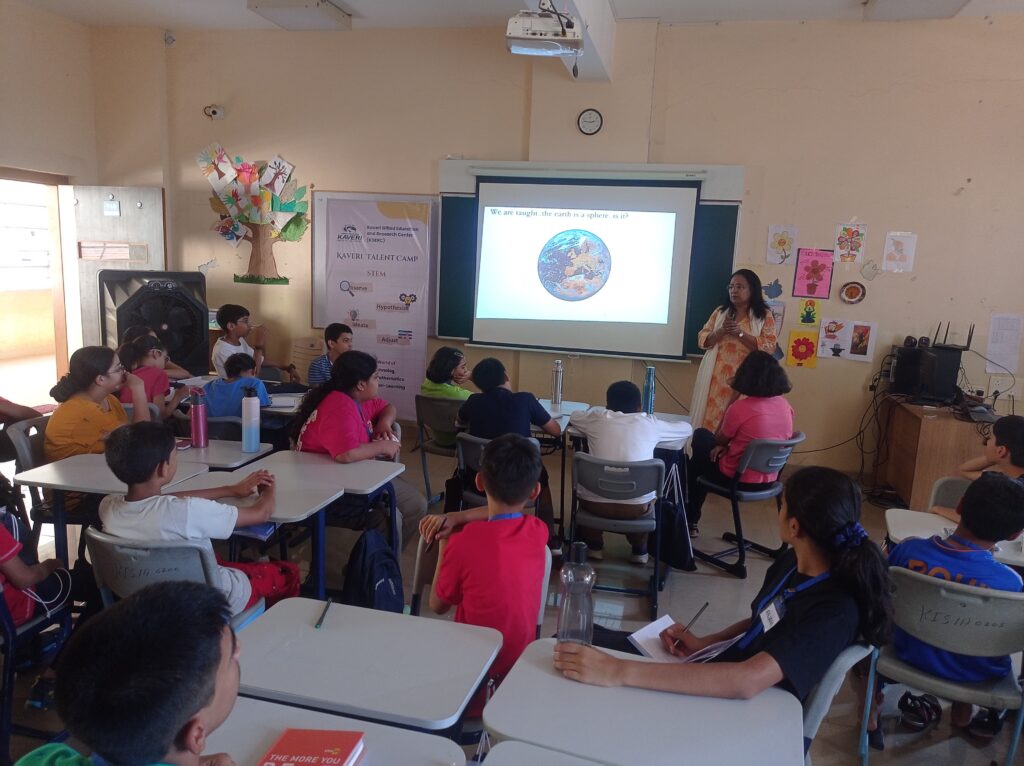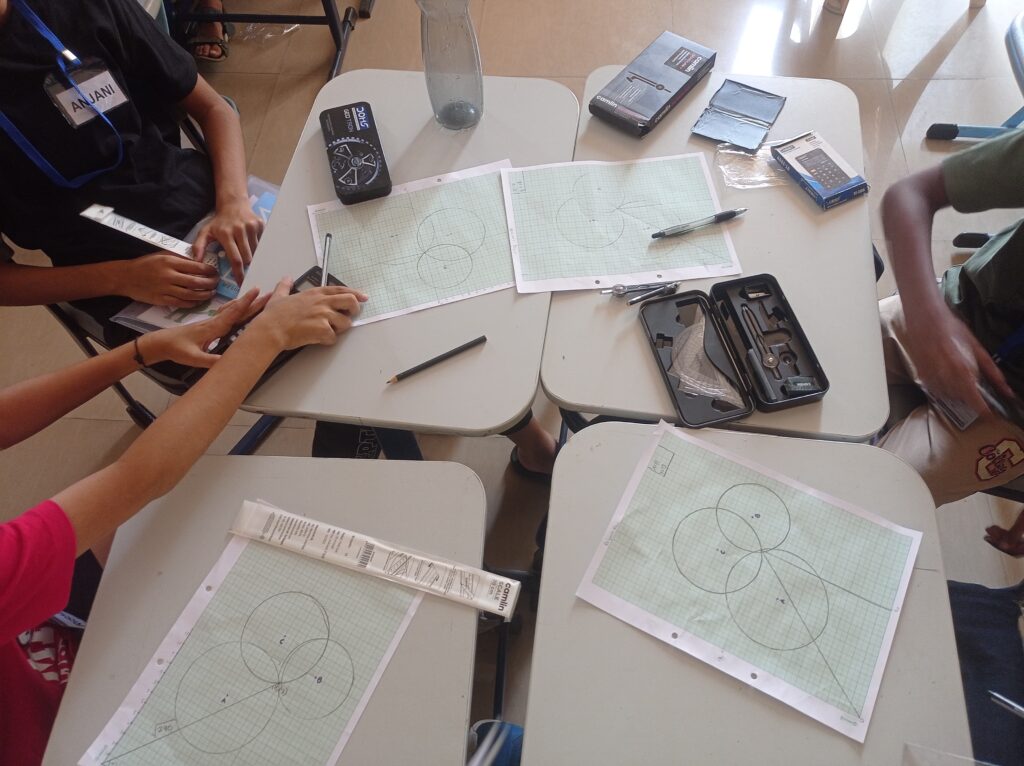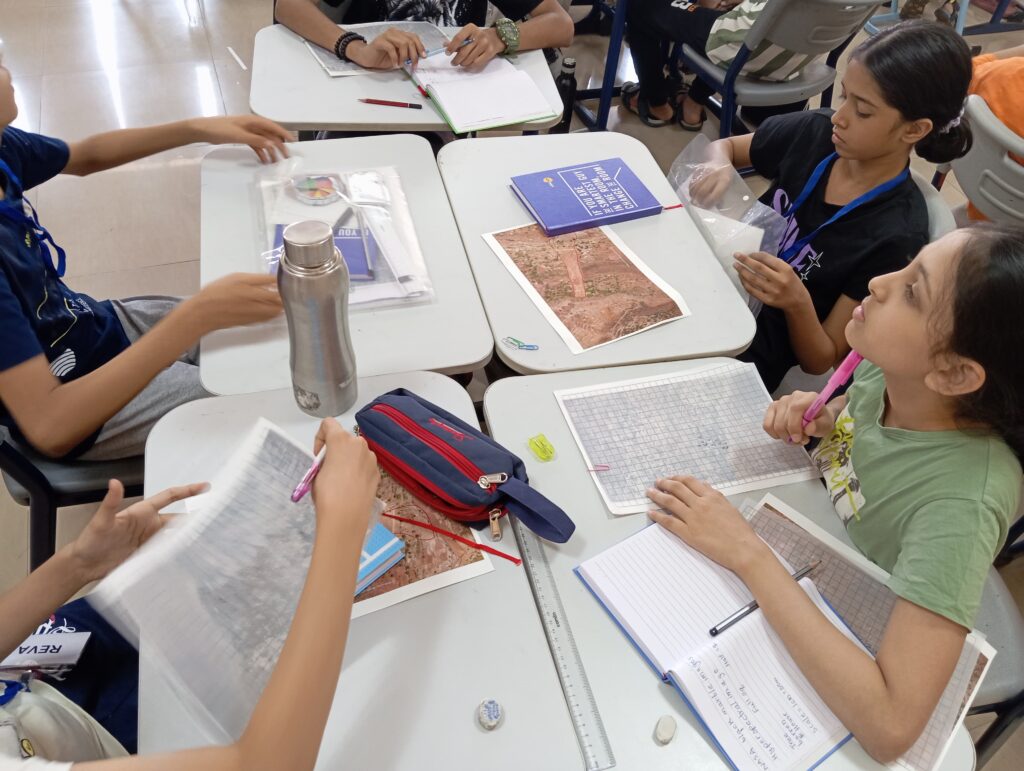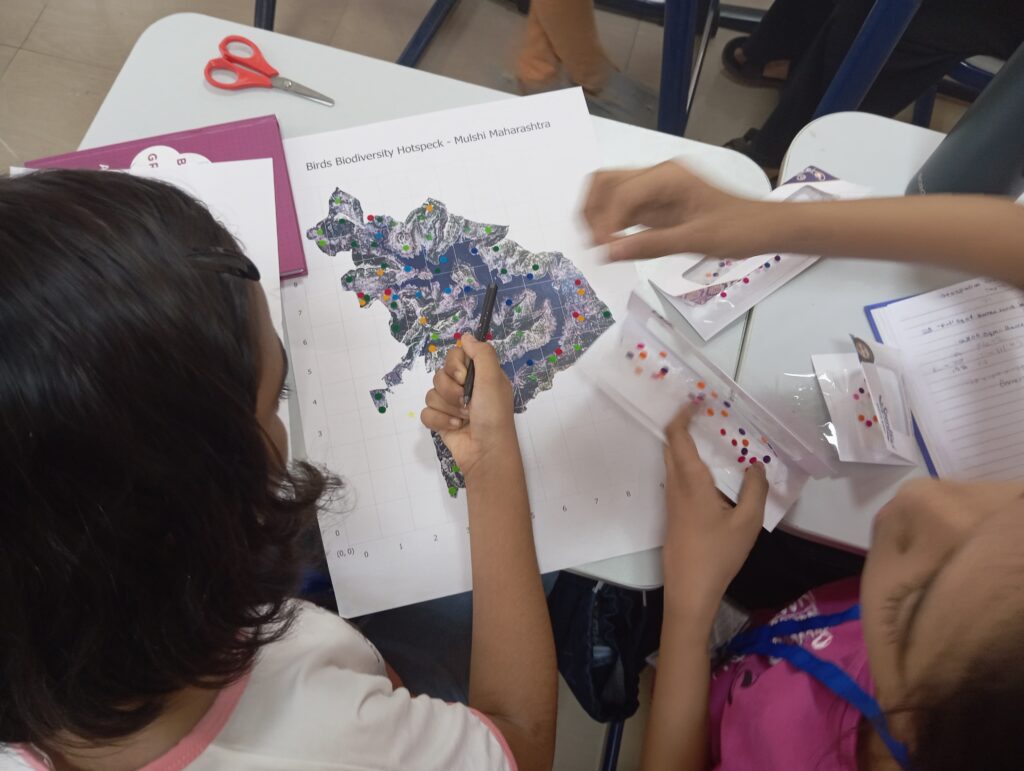Spatial Thinking in Education: Empowering Local Solutions
Workshops on Empowering Educators: Leveraging Geospatial Technologies for Localizing Sustainable Development Goals
Location : National Institute for Geoinformatics Science and Technology (NIGST), Survey of India , Hyderabad
Location: Shri Ranbir Heritage School in collaboration with Department of Education and SCERT Jammu
Location : SCERT Kerala
Location : SCERT Haryana

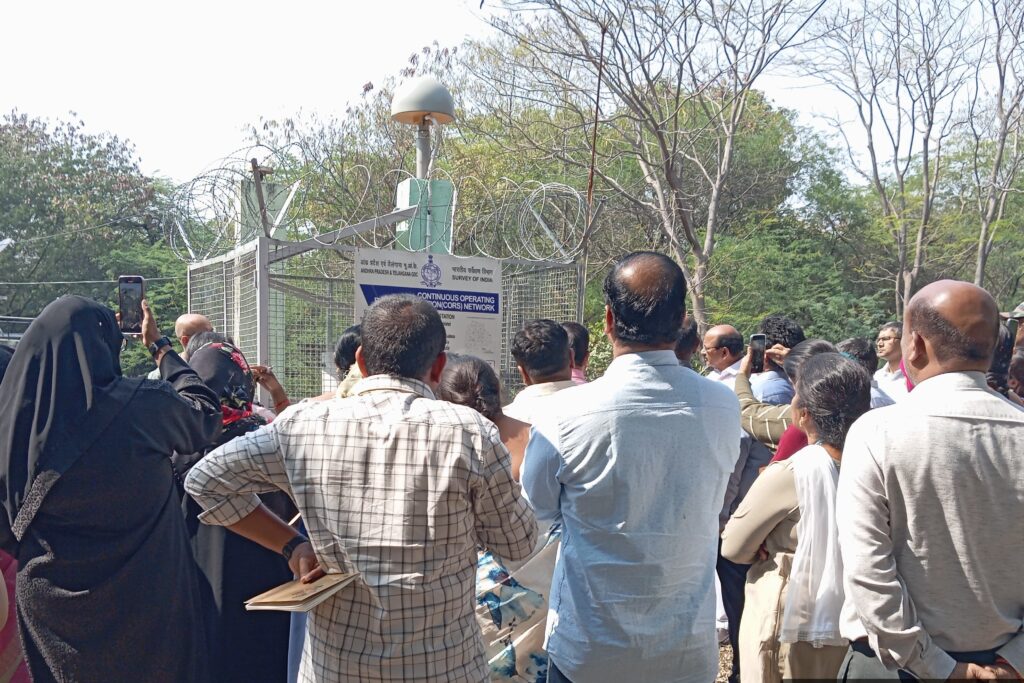
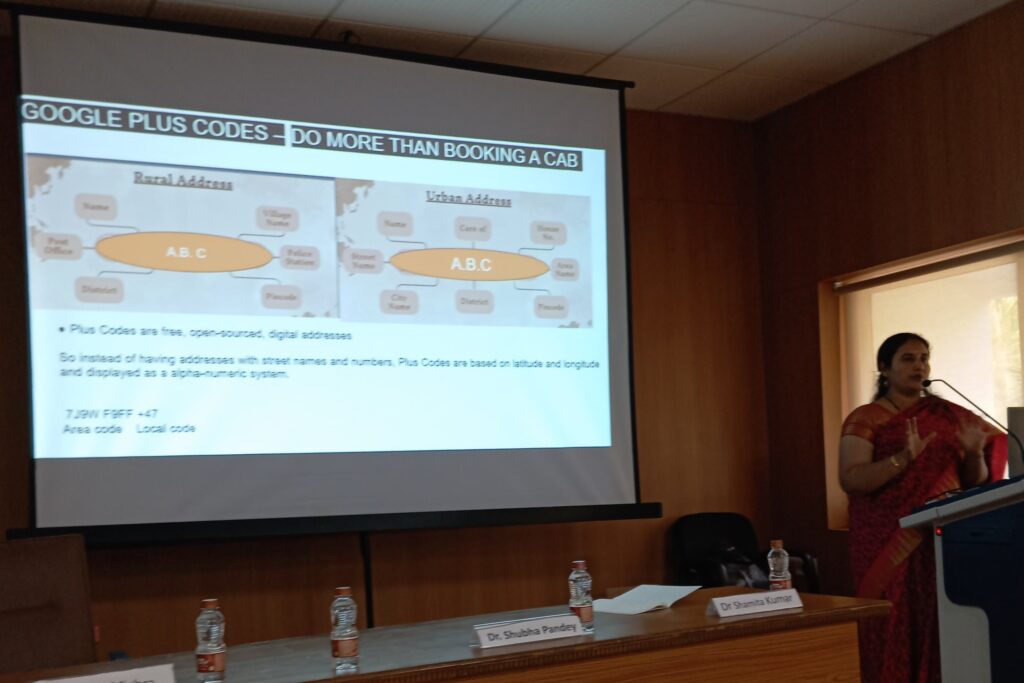
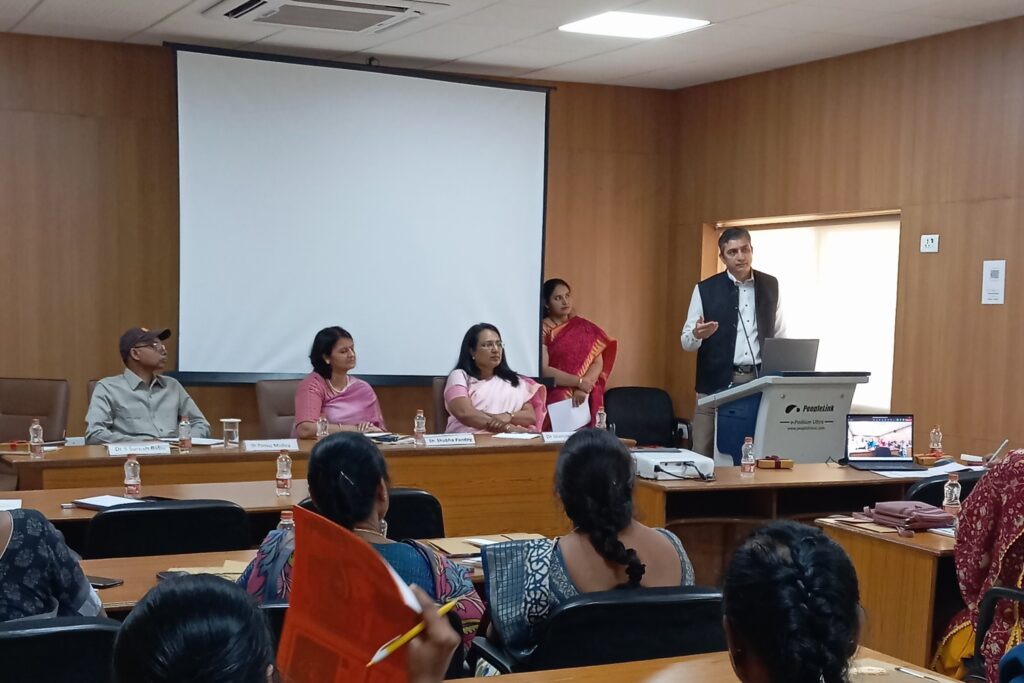
Online Workshops on Spatial Thinking: Leveraging Geospatial Technologies for Localizing Sustainable Development Goals
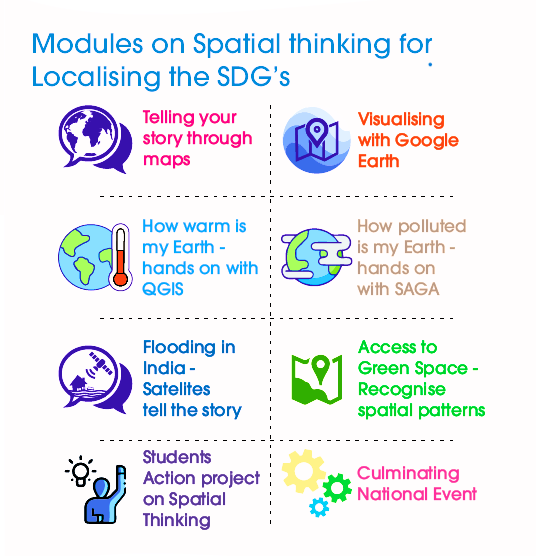
Empowering Young Minds Through Spatial Thinking: A Pilot Outreach on Geospatial Literacy for Middle School Students
As part of the DST-IGET initiative, BVIEER, Pune, piloted a student-centered outreach program recently for 25 selected students from Classes 6 to 8 from different schools in Pune. BVIEER led geospatial sessions to promote scientific curiosity, higher-order thinking, and real-world problem-solving through spatial thinking. The program aimed to introduce students to spatial thinking, the basics of geospatial technologies, and their applications in daily life. It tested simple learning units designed to support inquiry-based learning, using real-world examples like satellite images, maps, and environmental data through hands-on.
